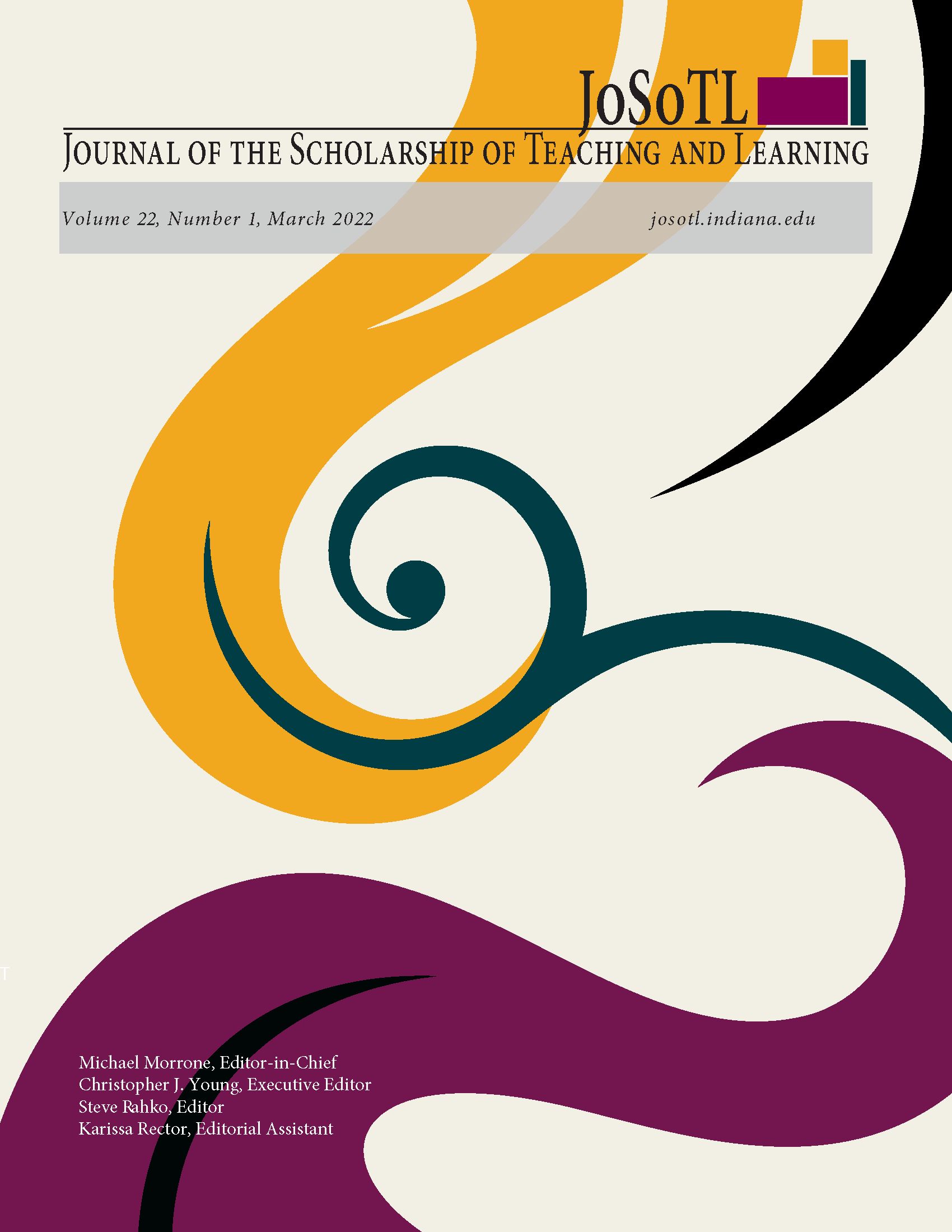Promising Practice for Building Community through Mixed-Reality Simulation in Teacher Preparation
Main Article Content
Abstract
Abstract: It is critical that pre-service teachers have exposure to practice in order to be successful in their future classrooms. This article describes a step-by-step process of implementing mixed-reality simulation in teacher preparation courses in order to provide teacher candidates with an almost-real classroom experience. Through using this mixed-reality simulation platform, teacher candidates teach student avatars who are being controlled by a live, behind-the-scenes person, trained to facilitate classroom scenarios. Following an overview of the implementation of this mixed-reality technological tool into their classes, authors share successes and challenges, highlighting some key takeaways for those considering integrating this into their future classes.
Downloads
Article Details

This work is licensed under a Creative Commons Attribution 4.0 International License.
- Authors retain copyright and grant the Journal of the Scholarship of Teaching and Learning (JoSoTL) right of first publication with the work simultaneously licensed under a Creative Commons Attribution License, (CC-BY) 4.0 International, allowing others to share the work with proper acknowledgement and citation of the work's authorship and initial publication in the Journal of the Scholarship of Teaching and Learning.
- Authors are able to enter separate, additional contractual agreements for the non-exclusive distribution of the journal's published version of the work (e.g., post it to an institutional repository or publish it in a book), with an acknowledgement of its initial publication in the Journal of the Scholarship of Teaching and Learning.
- In pursuit of manuscripts of the highest quality, multiple opportunities for mentoring, and greater reach and citation of JoSoTL publications, JoSoTL encourages authors to share their drafts to seek feedback from relevant communities unless the manuscript is already under review or in the publication queue after being accepted. In other words, to be eligible for publication in JoSoTL, manuscripts should not be shared publicly (e.g., online), while under review (after being initially submitted, or after being revised and resubmitted for reconsideration), or upon notice of acceptance and before publication. Once published, authors are strongly encouraged to share the published version widely, with an acknowledgement of its initial publication in the Journal of the Scholarship of Teaching and Learning.
References
Bautista, N., & Boone, W. (2015). Exploring the impact of teachME™ lab virtual
classroom teaching simulation on early childhood education majors’ self-Efficacy beliefs. Journal of Science Teacher Education, 26(3), 237-262. https://doi:10.1007/s10972-014-9418-8
Ball, D. L., & Forzani, F. M. (2009). The Work of Teaching and the Challenge for
Teacher Education. Journal of Teacher Education, 60(5), 497–11. https://doi.org/10.1177/0022487109348479
Ball, D. L., Sleep, L., Boerst, T., & Bass, H. (2009). Combining the development of
practice and the practice of development in teacher education. Elementary School Journal, 109(5), 458-474. https://doi:10.1086/596996
Dieker, L. A., Hughes, C. E., Hynes, M. C. & Straub, C. (2017). Using simulated virtual
environments to improve teacher performance. School-University Partnerships, 10(3), 62-81.
Dawson, M. R. & Lignugaris/Kraft, B. (2017). Meaningful practice: Generalizing
foundation teaching skills from TLE TeachLivE™ to the classroom. Teacher Education and Special Education, 40(1), 26-50. https://doi: 10.1177/0888406416664184
Pas, E., Johnson, S., Larson, K., Brandenburg, L., Church, R., & Bradshaw, C. (2016).
Reducing behavior problems among students with autism spectrum disorder: Coaching teachers in a mixed-Reality setting. Journal of Autism and Developmental Disorders, 46(12), 3640-3652. https://doi:10.1007/s10803-016-2898-y
Teaching Tolerance. (2016). Social justice standards: The teaching tolerance anti-bias
framework. Retrieved from https://www.tolerance.org/sites/default/files/2017-
06/TT_Social_Justice_Standards_0.pdf
